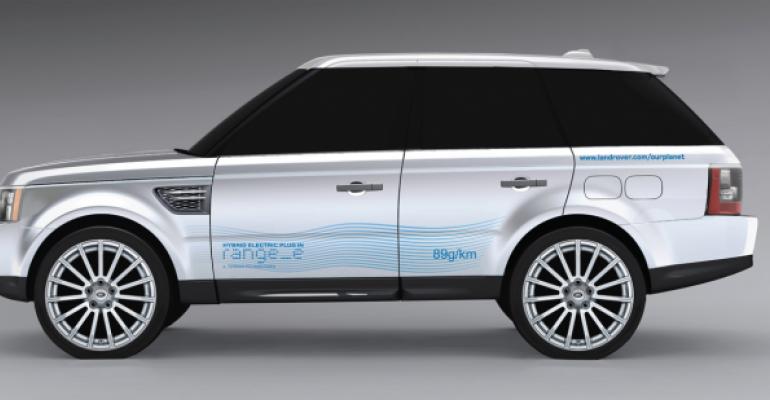Jaguar Land Rover is linking up with Cobham Technical Services and engineering consultancy Ricardo U.K. to carry out research into the design of economic electric motors that avoid using expensive magnets.
The £1.5 million ($2.3 million) project is half funded by the government-backed Technology Strategy Board and the Department for Business, Innovation and Skills.
Cobham will develop multi-physics software and capture the other partners’ methodology to design, simulate and analyze the performance of high-efficiency, lightweight electric traction motors that eliminate the use of magnetic materials.
Using these new software tools, JLR and Ricardo will design and manufacture a prototype switched-reluctance motor that addresses the requirements of luxury hybrid vehicles.
The project has a 3-year timetable, at the end of which improved design tools and processes are expected to be in place to quickly move the technology into production.
Aside from the need to further reduce carbon-dioxide emissions from hybrid vehicles by moving to more efficient and lighter weight electric motors, there is an urgent requirement to eliminate the use of rare-earth elements that are increasingly in short supply and have risen tenfold in cost in recent years.
Virtually all electric traction motors now use permanent magnets made from materials such as neodymium-iron-boron and samarium-cobalt.
Switched-reluctance motors do not use permanent magnets and likely will provide the ideal replacement technology. However, one of the main challenges of the project will be to produce a torque-dense motor that also is quiet enough for use in luxury vehicles.
“It is important to understand the capability of switched-reluctance motors in the context of the vehicle as a whole, so that we can set component targets that will deliver the overall vehicle experience,” Tony Harper, JLR head of research, says in a statement.
Andrew Atkins, Ricardo U.K. chief engineer-innovation. says the development of technologies allowing the design of electric-vehicle motors that avoid the use of expensive and potentially carbon-intensive rare-earth metals is a major focus for the auto industry.
Atkins says working with Cobham and JLR to develop the new technology will further build on Ricardo’s growth plans for electric drives capability and capacity.





